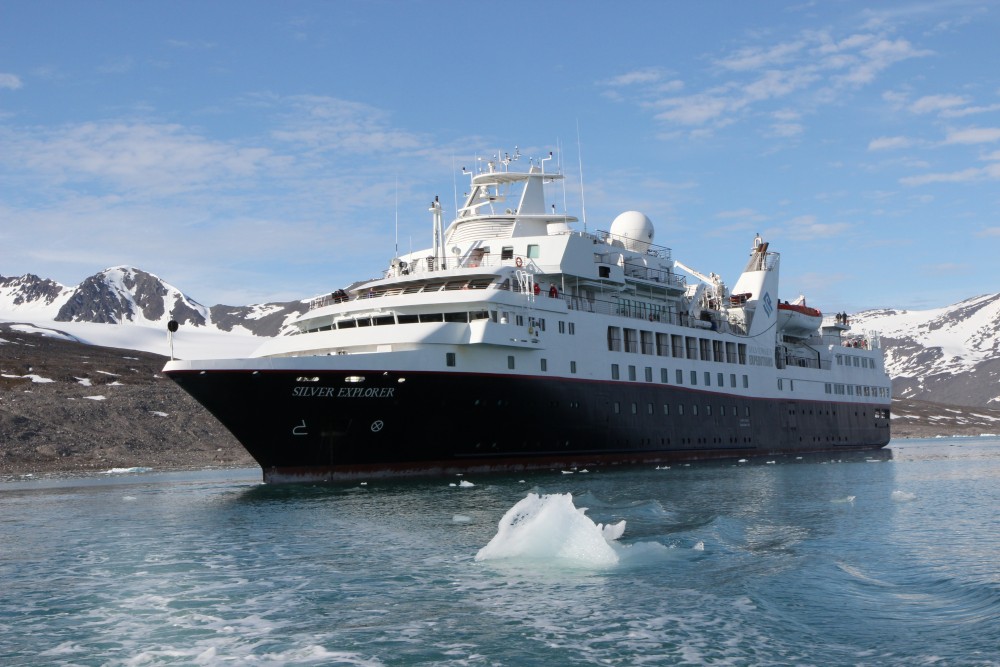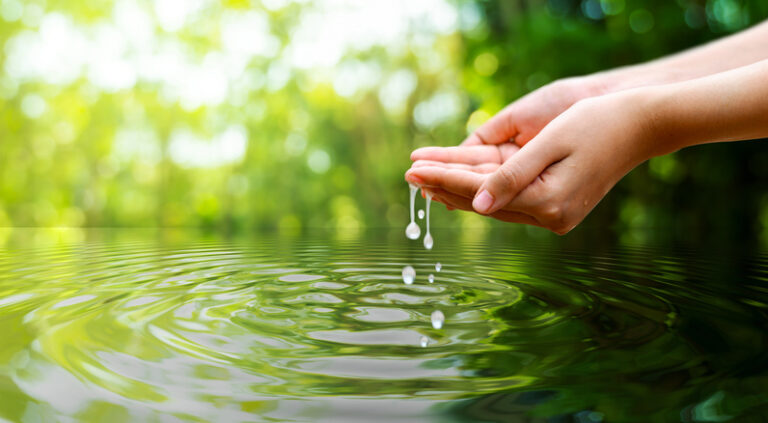WWF-Canada has released a statement urging Transport Canada, which is currently revising safety and pollution regulations, to officially adopt the same or stronger levels of regulations on grey water discharged in waters north of 60 degrees latitude as apply south of 60.
The release stated that, although untreated grey water has similar pollution impacts as sewage, ships passing through Arctic waters in Canada are not expected to adhere to any specific regulations for dumping this harmful waste and that Transport Canada rules are much more stringent for waters below the 60th parallel.
Transport Canada does have extensive regulations for vessels in both Arctic and subarctic waters. Sewage discharge in the Arctic is governed by the Arctic Shipping Pollution Prevention Regulations under the Arctic Water Pollution Prevention Act (AWPPA). Currently, the AWPPA prohibits the discharge of waste, defined as substances causing degradation or alterations to the quality of the waster. However, the regulations exempt untreated sewage.
Spurred by the first major cruise ship journey through the Northwest Passage this past summer, WWF-Canada undertook research into grey water regulations. The research revealed that in southern Canadian waters grey water is clearly defined and has specific discharge regulations. The same doesn’t apply to the North, which means grey water can be freely discharged into the marine environment.
This lack of regulation is also vastly different from the standards in place in neighbouring Alaska, which include a specific definition of grey water and strict requirements designed to monitor and protect the Arctic ecosystem.
WWF-Canada outlined the following environmental impacts of wastewater discharge:
- Nutrients in grey water can lead to dead zones caused by excessive algal growth.
- Oil and grease coat the gills of fish and prevent them from being able to breathe.
- Increased particulate matter in the water can potentially suffocate smaller species such as crabs, lobsters and sponges
- Invasive species in grey water can be introduced into the ecosystem.
WWF-Canada also stated what it believes the Canadian Government should do to protect Arctic waters from wastewater:
- Designate grey water as a specific type of waste in waters north of 60 degrees latitude, which cuts through Hudson Bay and is generally where the provinces and territories meet.
- Improve standards to at least align with Alaska, which stipulates that grey water cannot be discharged unless it meets strict requirements concerning levels of suspended solids and fecal coliform. This means requiring stringent sampling, testing, record keeping and reporting.
- Institute an effective inspection and enforcement system to ensure requirements are met.
Read the full statement from WWF-Canada or visit the Government of Canada’s regulations on Arctic discharges. Also read WWF-Canada’s research on grey water.









